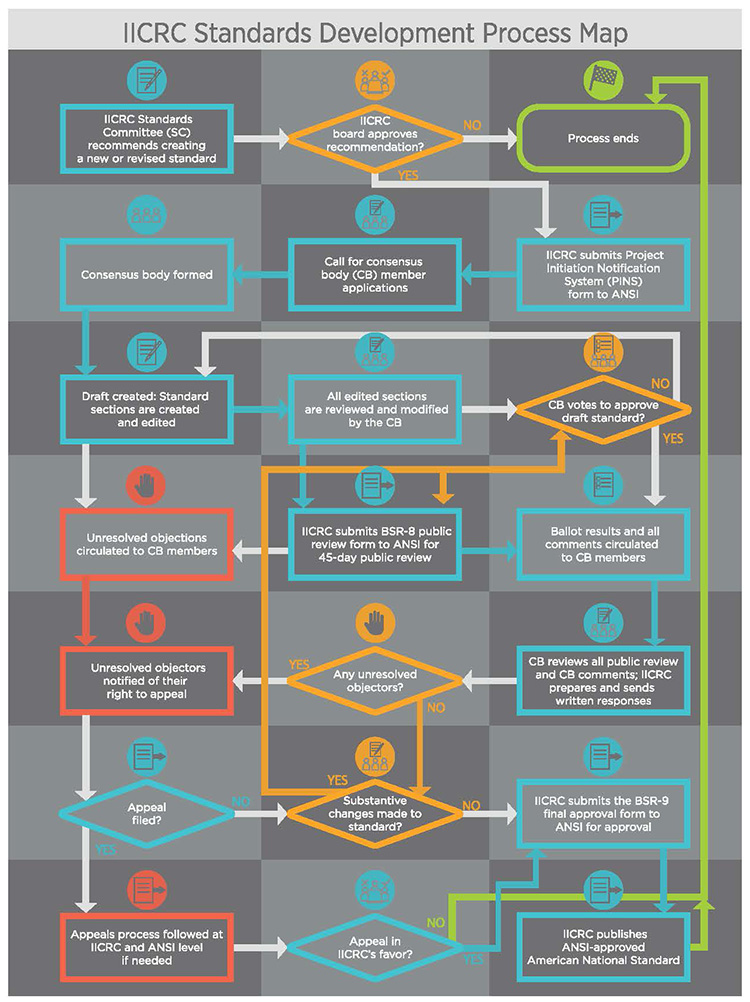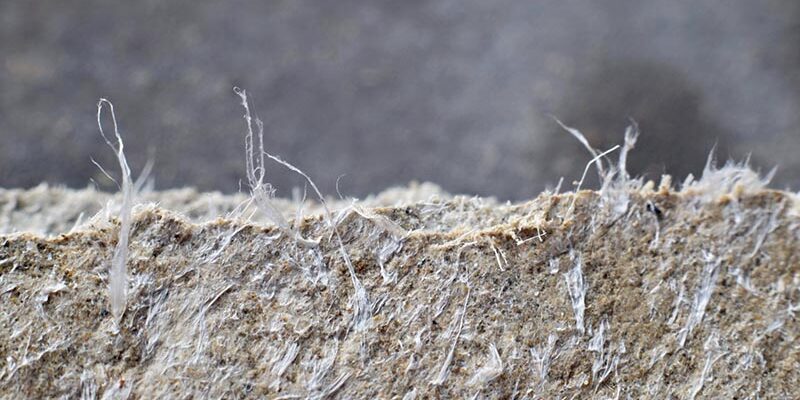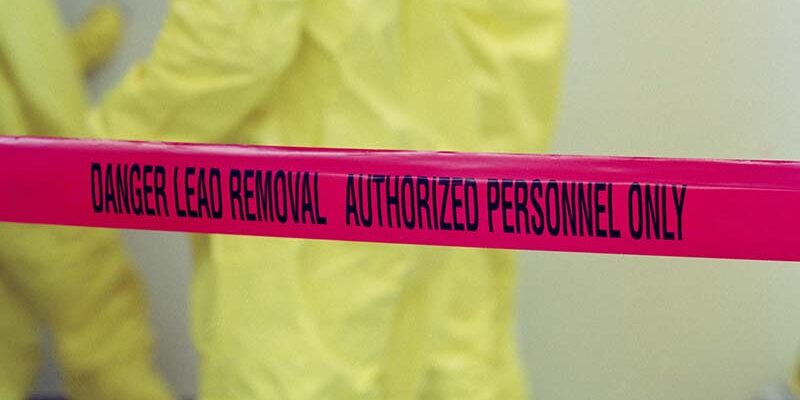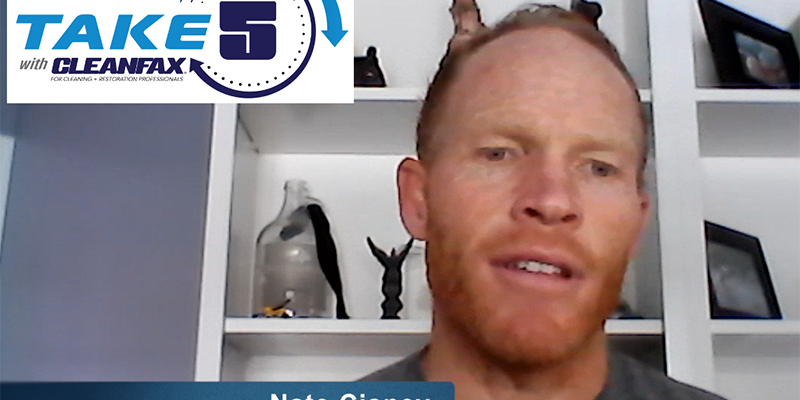Why You Should Care About IICRC Standards

By Mili Washington
You likely know who the IICRC is and that it creates the standards used in your industry, but there is much more to know about the industry’s largest association—what it does, how it does what it does, and most importantly why it matters to you and your company!
IICRC is recognized as the premier standards-writing organization in the cleaning, inspection, restoration, and hard surface industries. IICRC standards are accredited as American National Standards, which have been developed using a rigorous process of compliance and procedural oversight by the American National Standards Institute (ANSI). The process is open, balanced, and requires consensus by the committee developing the standard.
In addition, each standard is available for an open public review and comment period to ensure stakeholder input is incorporated into the document. The result is a credible and collaborative standard-of-care document that uses reliable, industry-accepted terminology to describe concepts and procedures needed when providing cleaning, inspection, restoration, and hard surface services. IICRC standards range from water damage remediation to crime and trauma scene cleanup, with new standards currently being developed for fire and smoke restoration and illicit drug residue cleanup.
Well, that’s great! But how does it impact you and your business? Consider this: Your customers want services that are high quality, reliable, consistent, and safe. Following industry standards helps your firm streamline processes, trim costs, build credibility, and earn customer loyalty, which ultimately boosts your bottom line. Further, in the event of a conflict where parties are seeking legal recourse, the court or insurance company will typically review the industry standard requirements and rule in favor of procedures or requirements as laid out in the document. Although voluntary consensus standards, such as IICRC standards, are not mandated by regulation, following them can provide a level of protection against potential legal liability.
Why should I participate?
ANSI/IICRC standards are voluntary consensus-based standards that are accepted as the standard of care in the industry. Those who participate can vote on the standard and can influence what is included and what is not. IICRC needs your help to develop the highest quality standards in the industry.
What’s the difference between a standard and a reference guide?
ANSI/IICRC standards summarize important procedures and methodologies, while IICRC reference guides restate and further explain those procedures and methodologies and provide background information that supports the standard. Although the material in the reference guide does not carry the official status of a standard, the two sections complement one another and should be considered in tandem.
What is the process used to develop IICRC standards?
The IICRC standard-development process is long and thorough to ensure all affected parties are protected by it, taking into consideration and adjusting for comments both from the consensus body that develops the standard and the general audience that will use it. See the IICRC Standards Development Process Map flowchart below to see the journey of a new standard. For the detailed ANSI/IICRC standards development process, visit iicrc.org/page/iicrcstandards.
Why does the IICRC develop standards?
As one of the first organizations to serve as a resource to others in the inspection, cleaning, and restoration industry, we set out to create a set of best practices—or standards—to connect our industries together. Our standards serve to develop common, industry-accepted language that enables us to more universally discuss concepts and procedures regarding cleaning, inspection, and restoration. Through this discussion, we can grow the industry together.
What is ANSI, and why do IICRC standards need ANSI accreditation?
As previously mentioned, ANSI stands for the American National Standards Institute. ANSI oversees and verifies the development and use of national consensus standards in many different industries. If an IICRC standard is accredited by ANSI, it means ANSI has recognized and verified that the requirements for due process and consensus have been met by IICRC. IICRC voluntarily chooses to follow ANSI policies and procedures to develop the highest quality standards possible.
What does it mean to have an ANSI-accredited standard?
ANSI accreditation means that a standard has been created using an open and fair development process and that the committees have followed principles of consensus, balance, and lack of dominance in developing the standards. Rules and processes are followed to ensure that a standard doesn’t represent or favor any one industry, company, or person and that a standard is created using a balance of interests for the good of the industry.
Why is it important to follow standards?
Simply put, standards work. Standards are created to find the best possible method of performing a specific task. The methods are presented by industry experts, debated and agreed upon through consensus, and reviewed extensively by industry peers to ensure they are fair and work as intended.
Standards ensure the method of cleaning, restoration, or inspection being performed is in fact the best and most effective option. They reduce redundancy, errors, time spent on a job, and costs.
How can I use standards to grow my business?
Customers demand quality, reliability, safety, and effectiveness—all of which result from following industry standards. By promoting that you follow ANSI/IICRC standards, you are demonstrating your expertise to current and future customers and instilling confidence and credibility in your services.
Who can be a part of the consensus bodies that develop standards?
Anyone affected in any way by IICRC standards is invited to participate in their development. As part of the ANSI rules, consensus bodies must be made up of a “balanced committee.” This means the committee needs to have an equal number of representatives from the following three categories:
No. 1: Producers
Producers are individuals or organizations who produce, manufacture, or supply goods and/or services covered by a standard, such as manufacturers and retailers of carpet, cushions and adhesives, cleaning tools, chemicals, and equipment.
No. 2: Users
A user is an individual who will be using the standard and/or performing the services covered by the standard, including installers, retailers, architects, cleaning and restoration firms, remediators, and facility service providers.
No. 3: General interest
General interest parties are those individuals or organizations directly and materially affected by the standard and otherwise interested in the goods and services covered by the standard, such as academia and government representatives.
In addition to following standards, representatives can actively participate in the standards-development process to maintain or gain market share and secure a competitive edge over those who do not participate. Without your influence and input, your competitors can dictate the way you should do business through the content of a standard. You can become involved as a voting member or as a nonvoting participant (reviewer, advisor, or public review commenter). Participation gives you a voice, and we invite you to make yours heard!
How can I get involved in the standards development process?
The IICRC is always looking for volunteers to participate in the development of its standards. For more information on all IICRC standards and which consensus bodies are currently accepting applications, visit iicrc.org/standards.
IICRC standards
- ANSI/IICRC S100 Standard and IICRC R100
Reference Guide for Professional Cleaning of Textile Floor Coverings - BSR/IICRC S210 Standard for Dimension Stone Maintenance and Restoration
- BSR/IICRC S220 Standard for Hard Surface Floor Covering Inspection
- BSR/IICRC S300 Standard for Professional Upholstery Cleaning
- BSR/IICRC S400 Standard for Professional Cleaning, Maintenance and Restoration of the Commercial Built Environment
- ANSI/IICRC S500 Standard and Reference Guide for Professional Water Damage Restoration (2015)
- ANSI/IICRC S520 Standard and IICRC R520 Reference Guide for Professional Mold Remediation
- BSR/IICRC S530 Standard for Indoor Environmental Assessment for Suspected Mold Contaminated Structures
- ANSI/IICRC S540 Standard for Trauma and Crime Scene Cleanup
- BSR/IICRC S550 Standard for Professional Water Damage Restoration of Commercial Structures
- BSR/IICRC S590 Standard for HVAC Cleaning and Decontamination in a Water Damaged Environment
- BSR/IICRC S700 Standard for Professional Fire and Smoke Damage Restoration
- BSR/IICRC S710 Standard for the Development of a Scope of Work in a Fire and Smoke Damaged
Environment - BSR/IICRC S740 Standard for Professional Restoration of Fire and Smoke Damaged Personal Items
- ANSI/IICRC S800 Standard and Reference Guide for Inspecting Textile Floor Coverings
- BSR/IICRC S900 Standard for Professional Remediation of Illicit Drugs, Cannabis, and Nicotine Residue
IICRC field guides
- IICRC Field Guide for Safety and Health for Disaster Restoration Professionals
- IICRC Field Guide for Safety and Health for Professional Cleaners
Why do some IICRC standards begin with BSR?
This means the standard is still under development. BSR stands for ANSI’s Board of Standards Review, which reviews and approves standards as American National Standards. All new standards under development are designated as BSR-IICRC until they receive final approval from ANSI and can be published.
Where can I buy IICRC standards?
All IICRC standards and reference guides are available online at the IICRC webstore. Click on “current standards” on the top navigation bar and select the standard and version you need.
IICRC standards are available in multiple formats, including print, digital (e-pub and PDF), and through online subscription. The premium subscription allows users to access current or historical IICRC standards at any time and on any device. In addition to standards, the site provides tutorial videos, journal articles, and white papers. It has a global search and sort feature that gives you access to content in the office and in the field. For firms with multiple technicians needing access, the organizational subscription includes an admin portal where you can assign, edit, and revoke licenses based on the needs of your firm. For information on IICRC standards subscription, visit publications.iicrc.org/?qr=1.
If you have questions about standards, email [email protected].
Mili Washington, CStd, has been IICRC’s standards director since June 2011. Her focus has been on streamlining the standards development process and strategy at the IICRC, working toward American National Standards Institute (ANSI) approval for new and revised ANSI/IICRC standards, and using more digital tools to make virtual collaboration come to life. She serves as president of the Society for Standards Professionals (SES) and is an SES-certified standards professional. She graduated from George Washington University with a master’s degree in environmental and resource policy after completing a bachelor’s degree in economics from Delhi University in New Delhi.













